Our Services
Industrial Chemicals
Solvents
Industrial Raw Materials
Cleaners
Surfactants
& Much More
Acetic Acid
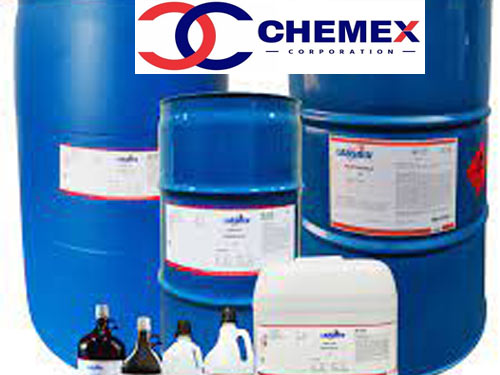
Acetic acid is used in the manufacture of acetic anhydride, cellulose acetate, vinyl acetate monomer, acetic esters, chloracetic acid, plastics, dyes, insecticides, photographic chemicals, and rubber.Acetic acid is used as a sour agent added in vinegar, pickled vegetables, and sauce, and as a raw material for spice.
Citric Acid

Citric acid is a weak organic acid that occurs naturally in produce, such as citrus fruits. It is used in food, cosmetics, and cleaning products. Share on Pinterest vkbhat/Getty Images. Citric acid is a naturally occurring antioxidant.23-Jul-2021
Isobutyric Acid
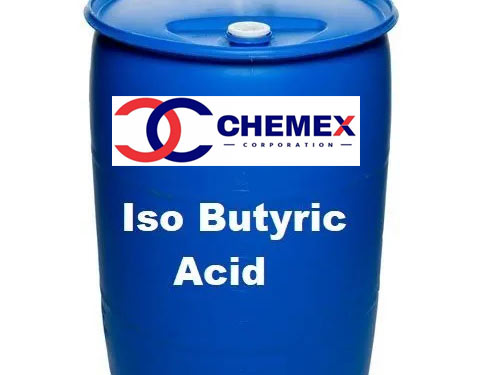
Isobutyric acid is a branched fatty acid comprising propanoic acid carrying a methyl branch at C-2. It has a role as a volatile oil component, a plant metabolite and a Daphnia magna metabolite.Isobutyric acid, also known as 2-methylpropanoic acid or isobutanoic acid, is a carboxylic acid with structural formula (CH3)2CHCOOH. It is an isomer of n-butyric acid.
Formic Acid
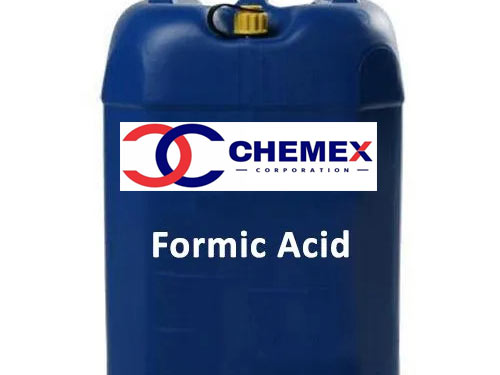
Formic acid is the simplest carboxylic acid, containing a single carbon. Occurs naturally in various sources including the venom of bee and ant stings, and is a useful organic synthetic reagent. Principally used as a preservative and antibacterial agent in livestock feed.
Adipic Acid
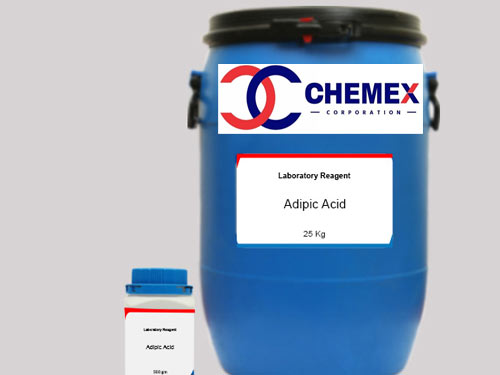
Adipic acid or hexanedioic acid is the organic compound with the formula (CH2)4(COOH)2. From an industrial perspective, it is the most important dicarboxylic acid: about 2.5 billion kilograms of this white crystalline powder are produced annually, mainly as a precursor for the production of nylon.
Hydrochloric Acid
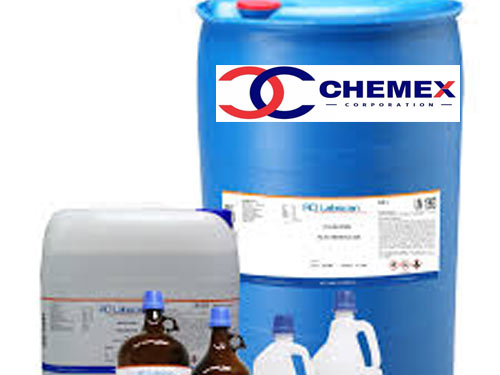
Hydrochloric acid has many uses. It is used in the production of chlorides, fertilizers, and dyes, in electroplating, and in the photographic, textile, and rubber industries.Hydrochloric acid (HCL) is a natural component of our gastric juices/gastric acid. ... It aids in digestion, fights heartburn and acid reflux, has antimicrobial effects.
Sulphuric Acid
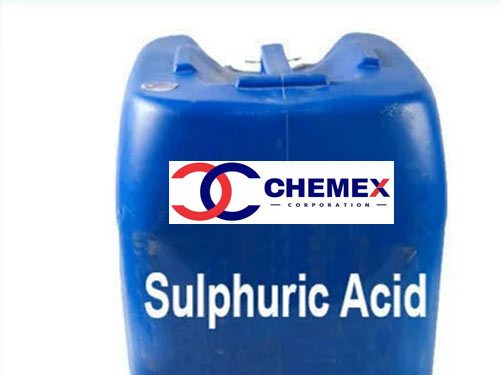
Sulphuric acid is highly acidic. Therefore, it is used in the cleaning of metals, removal of impurities from oil, manufacturing of chemicals – nitric acid, hydrochloric acid, synthesis of dye, drugs, detergents, explosives, etc.
Nitric Acid
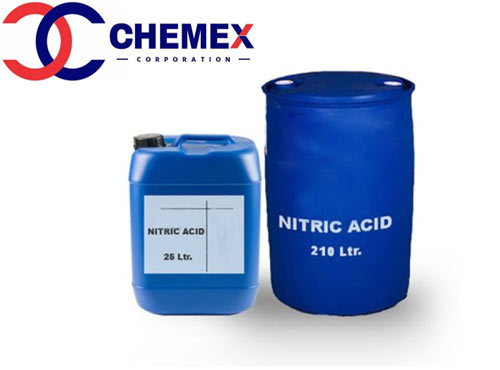
cid is the inorganic compound with the formula HNO3. It is a highly corrosive mineral acid.[6] The compound is colorless, but samples tend to acquire a yellow cast over time due to decomposition into oxides of nitrogen. Most commercially available nitric acid has a concentration of 68% in water. When the solution contains more than 86% HNO3, it is referred to as fuming nitric acid.

